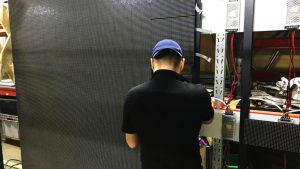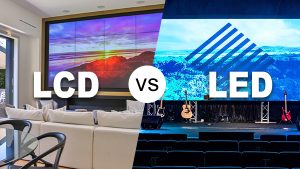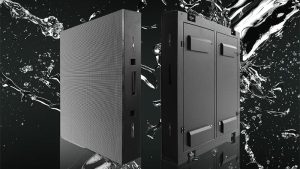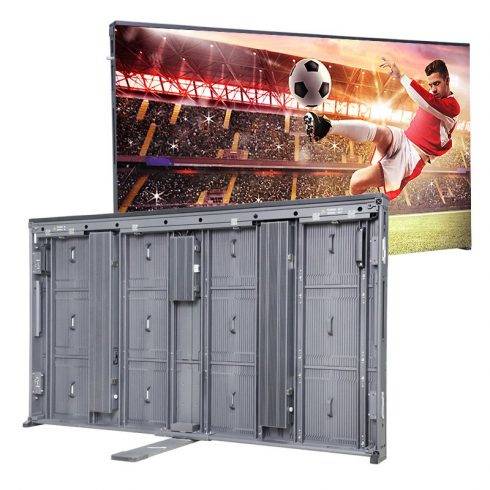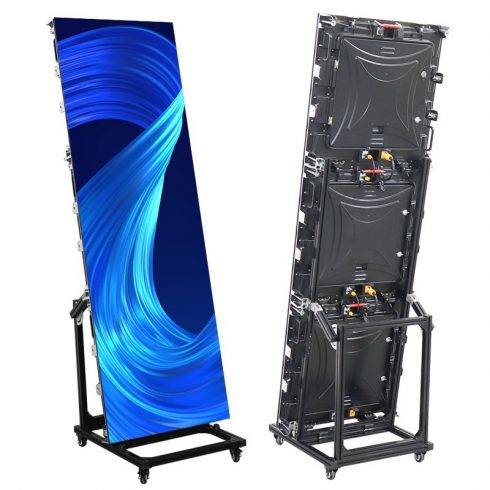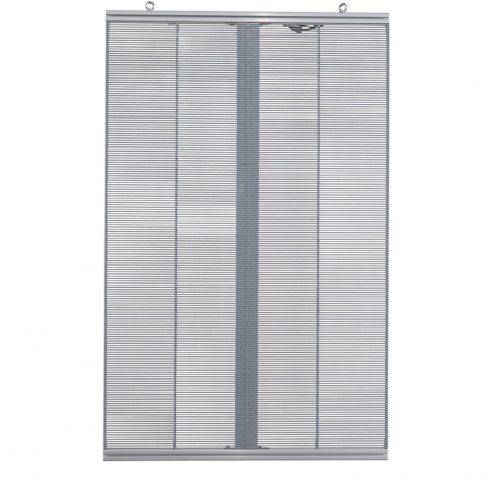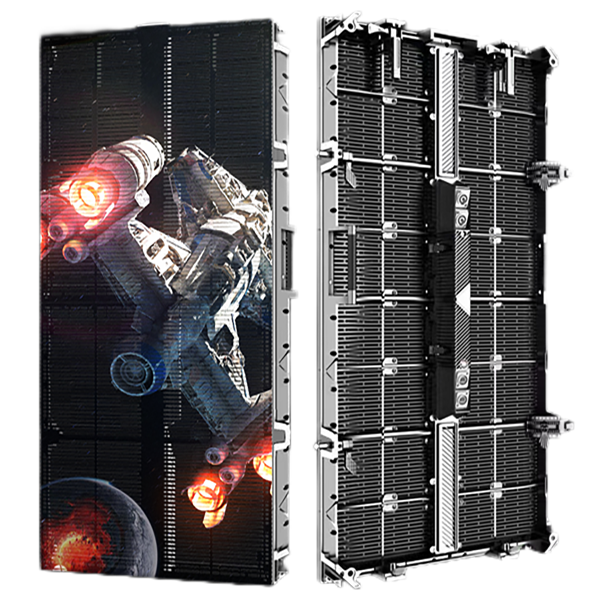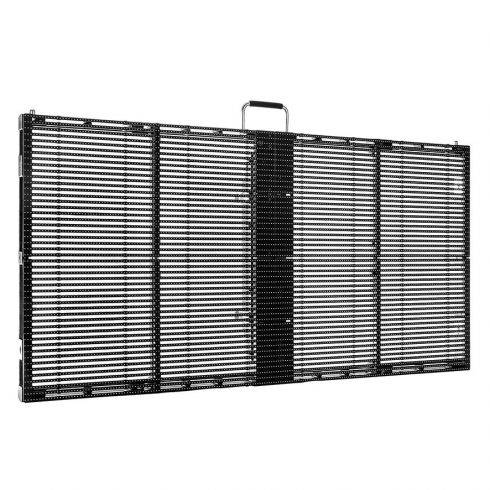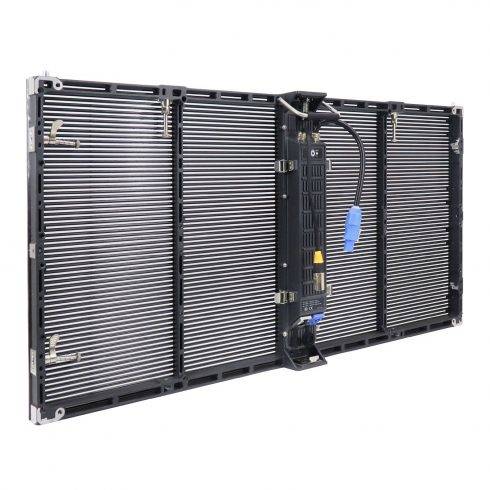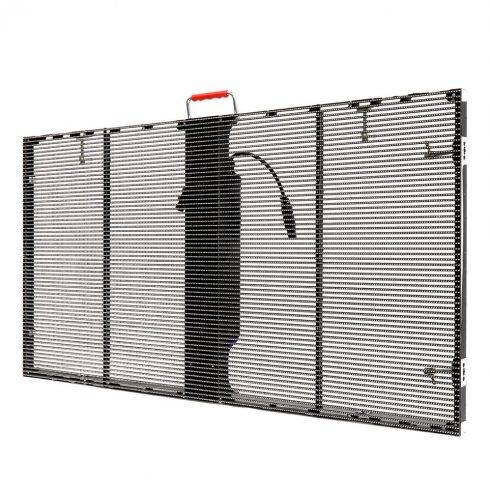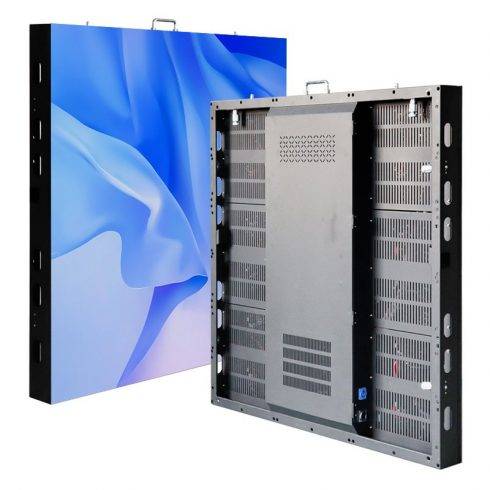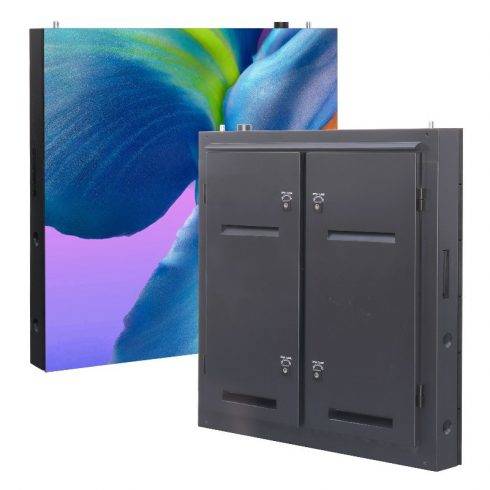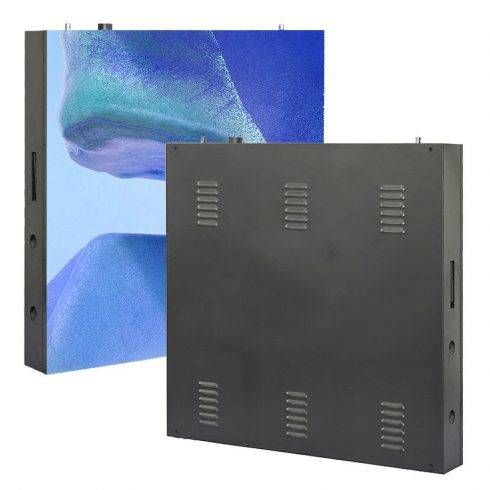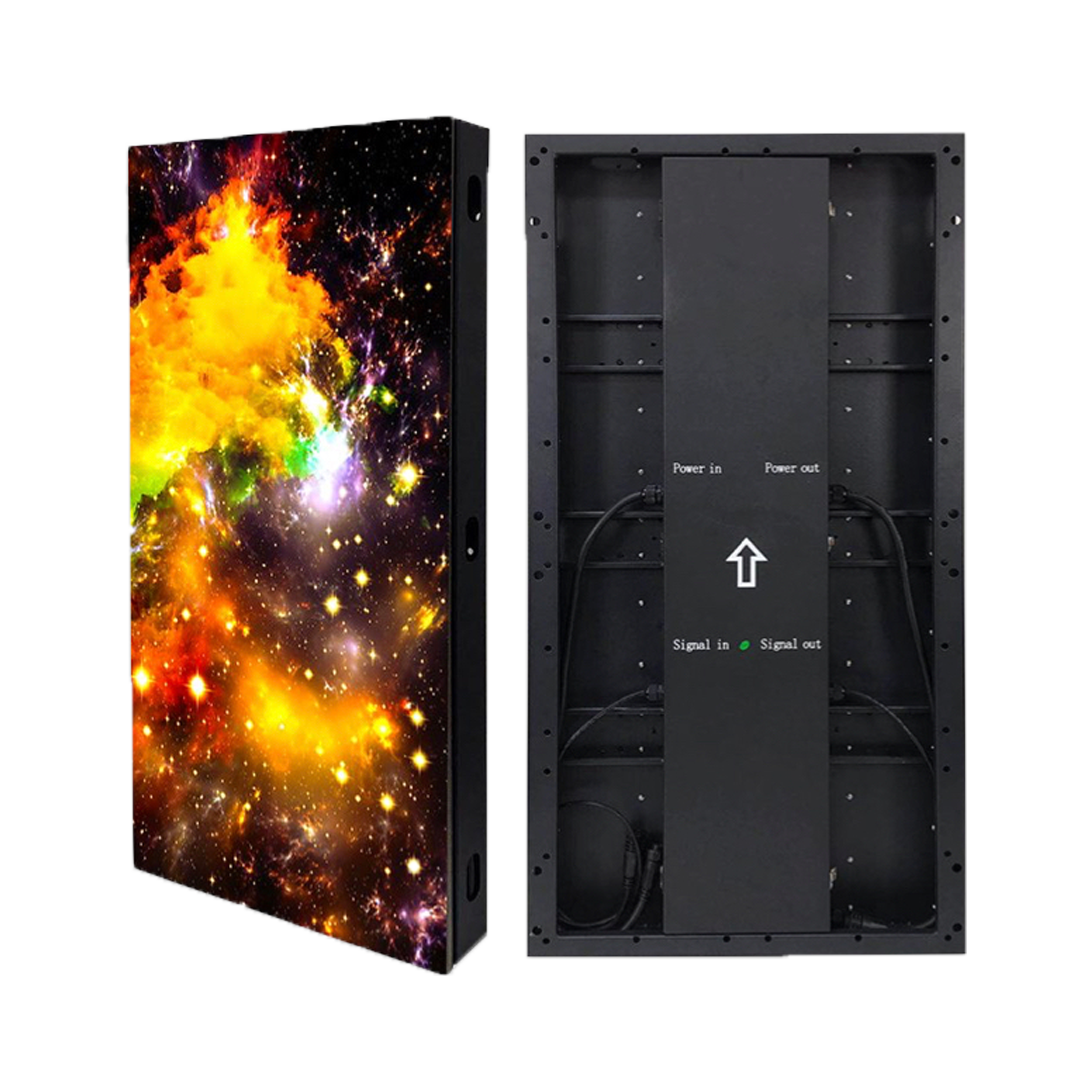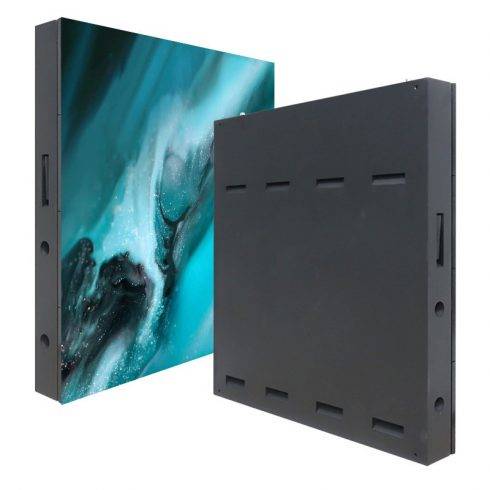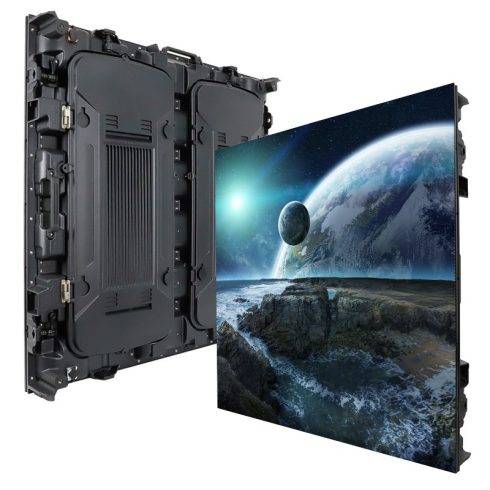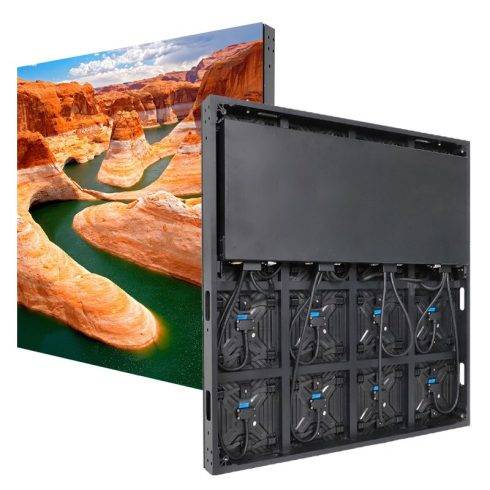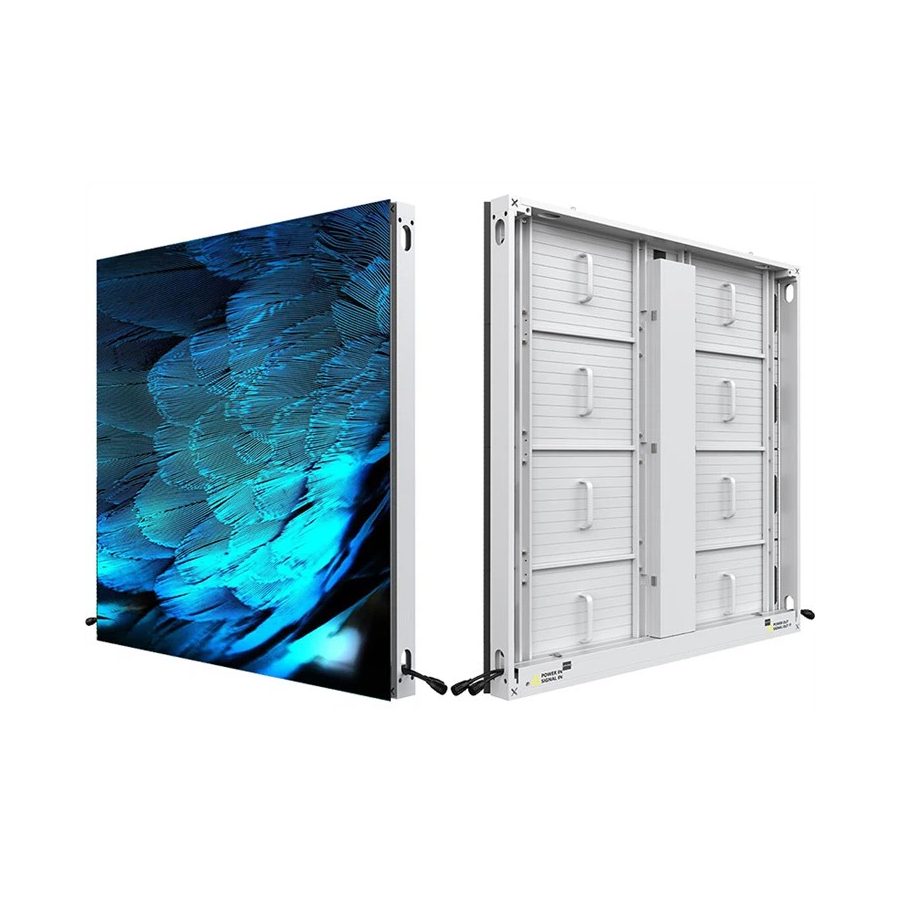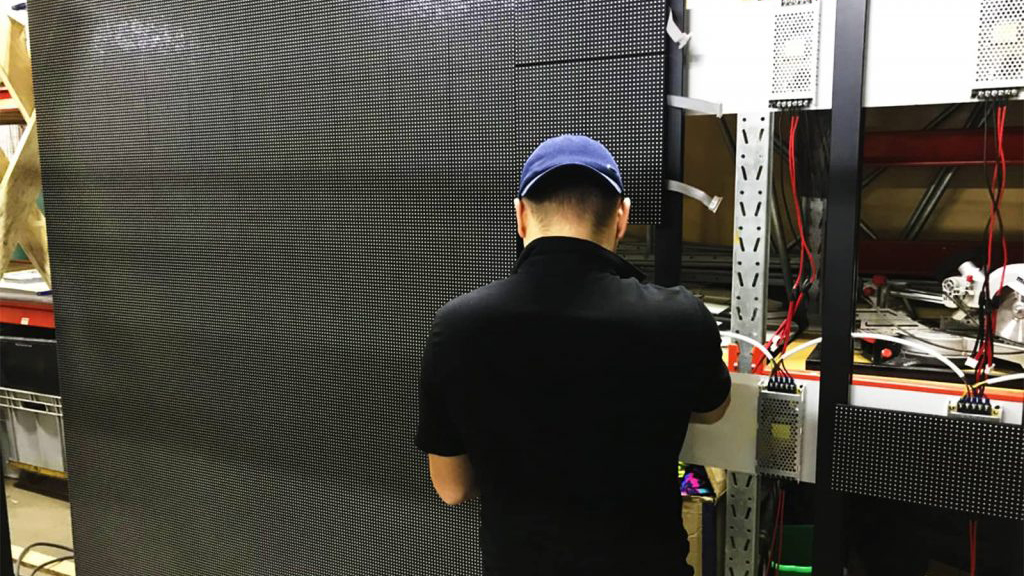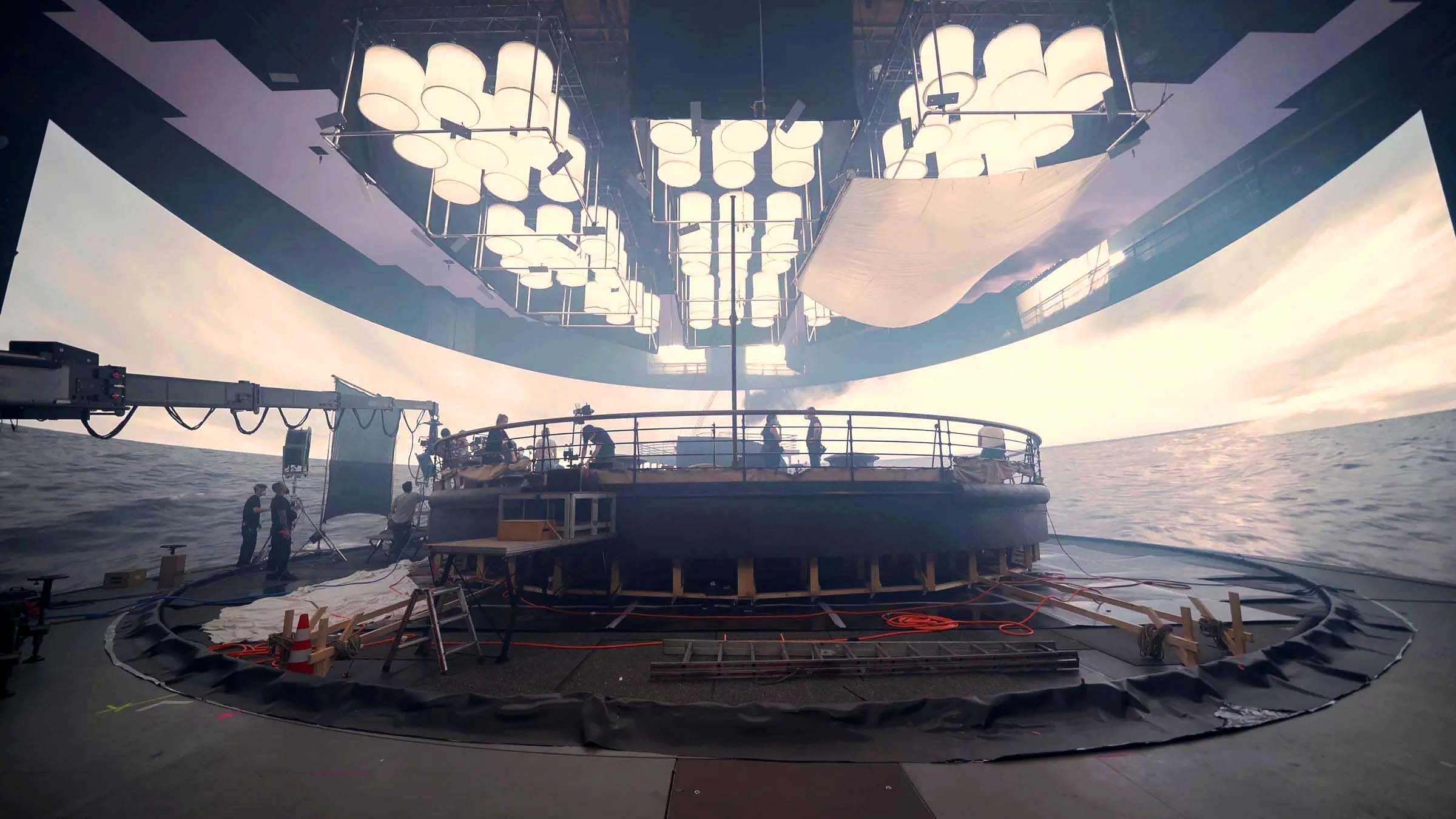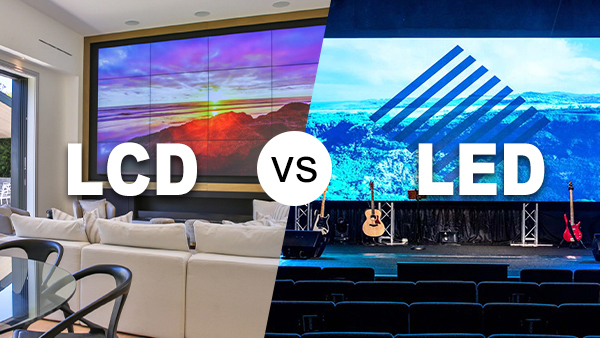LED electronic displays are at the forefront of modern communication, offering dynamic visual experiences in advertising, public information displays, and entertainment venues. They are known for their brightness, flexibility, and long life span. However, like any other technology, they require consistent care to ensure optimal performance and prevent costly breakdowns or quality deterioration. Maintaining LED displays is not a once-a-month task; it demands daily attention to maximize their effectiveness. Below are six crucial daily maintenance practices for ensuring the longevity and quality of your LED displays.
1. Conduct a Thorough Visual Inspection
The foundation of any good maintenance routine is regular visual inspections. Every day, take the time to closely examine the LED display for any signs of damage, malfunction, or wear. Specifically, check for broken or dead pixels, discoloration, and areas where the brightness might be uneven.
Small defects, if left unchecked, can snowball into larger problems, such as entire sections of the display going dark or becoming discolored. Additionally, check for dirt, dust, or other debris that may have accumulated on the screen. Even though LED displays are designed to be robust, prolonged exposure to external contaminants can negatively impact their performance.
Particularly for outdoor displays, inspect the surrounding hardware, mounting structures, and wiring to ensure everything is securely in place and free from damage caused by environmental factors like wind, rain, or extreme temperatures. Address any issues promptly to prevent bigger problems down the line.
2. Clean the Surface Regularly
Cleaning the surface of the LED display is essential for maintaining its visual appeal and ensuring clarity in the images and videos it projects. A dirty screen can degrade the display’s brightness and contrast, making your content less visible and impactful. Using improper cleaning methods, however, can result in screen damage, so it’s crucial to employ the right techniques.
To clean the display, use a soft microfiber or lint-free cloth and a cleaning solution designed for electronic displays. Avoid abrasive materials and harsh chemicals, as these can damage the screen. Gently wipe the surface in a circular motion, paying special attention to areas that seem particularly dirty, such as edges and corners.
In some environments, such as outdoor or dusty indoor locations, screens may accumulate grime more quickly. For such installations, consider more frequent cleaning sessions or using protective enclosures to minimize exposure to dirt and moisture.
3. Monitor Brightness and Color Calibration
Brightness and color accuracy are among the defining features of high-quality LED displays. Many LED systems are capable of high brightness levels, which are especially useful in outdoor settings or environments with strong ambient lighting. However, consistently operating at high brightness can reduce the lifespan of the LEDs and increase energy consumption.
Every day, check the display’s brightness levels to ensure they are appropriate for the environment. Modern LED displays often come with light sensors that adjust brightness automatically based on the surrounding light levels, but manual oversight is still valuable. Over time, the performance of individual LEDs can degrade, leading to inconsistent brightness or color fading. This can detract from the overall visual quality of the display.
Color calibration is equally important. Ensure that the colors displayed remain vibrant and true to the content being shown. Regularly check for any color inconsistencies that might arise from gradual wear or LED malfunction. Many displays come with built-in calibration tools, which can be run to ensure uniformity across the entire display. Without proper calibration, images may appear washed out or overly saturated, reducing their visual impact.
4. Ensure Secure and Functional Connections
Connectivity is crucial for the uninterrupted functioning of an LED display. Whether you’re controlling the content remotely or through local connections, ensuring that all cables, ports, and connectors are securely in place is essential for consistent operation.
Start by checking the power supply. Is the display receiving a steady flow of electricity without fluctuations? Electrical inconsistencies can lead to sudden shutdowns, flickering, or even permanent damage to the system. If your display relies on network connections for content updates, ensure that these connections are stable. Interrupted or weak network connections can cause delays or issues with content playback, reducing the impact of your messaging.
Cable wear and tear is another issue to look out for, especially in outdoor installations where environmental factors might play a role. Replace damaged cables immediately to prevent further disruptions.
5. Inspect and Update Content Regularly
An LED display’s hardware might be its backbone, but the content it showcases is what captures attention. Updating content regularly and ensuring it displays correctly is an often-overlooked aspect of LED display maintenance.
First, confirm that the current content is relevant and up-to-date. Outdated or irrelevant information diminishes the effectiveness of the display. Ensure that the content fits well within the screen’s resolution without cropping or distorting the visuals. Different content might require adjustments in terms of aspect ratio, brightness, and color balance.
Also, review the performance of any dynamic or interactive content. Some displays rely on sensors or external devices to trigger changes in content, and ensuring that these systems are working smoothly is essential to delivering the intended experience.
6. Maintain a Detailed Maintenance Log
A maintenance log might seem like an unnecessary task, but it’s a powerful tool for tracking the health and performance of your LED display. This log should include all maintenance activities performed on the display, including cleaning schedules, visual inspections, brightness adjustments, repairs, and any software updates or recalibrations.
Having a log helps in several ways. First, it provides a record of recurring issues, which can help identify patterns and prevent future problems. If a particular section of the display frequently malfunctions, you can investigate and address the root cause before it affects the rest of the system.
Additionally, this log can be invaluable when working with manufacturers or service providers for warranty claims or repairs. Keeping a detailed record demonstrates that you’ve followed recommended maintenance practices, which may influence warranty decisions.
Furthermore, a log allows you to predict when certain components might require replacement or when more intensive maintenance is needed, helping you plan for future costs and avoid unexpected downtimes.
Conclusion
Maintaining the performance and lifespan of LED electronic displays requires daily diligence. From visual inspections to regular cleaning, monitoring brightness and connectivity, updating content, and maintaining logs, these six essential maintenance practices will help you keep your LED display in top condition.
LED displays represent a significant investment for businesses and organizations. By following a routine that prioritizes their care, you not only preserve their visual quality but also extend their operational life, ensuring that your investment continues to deliver value for years to come.


